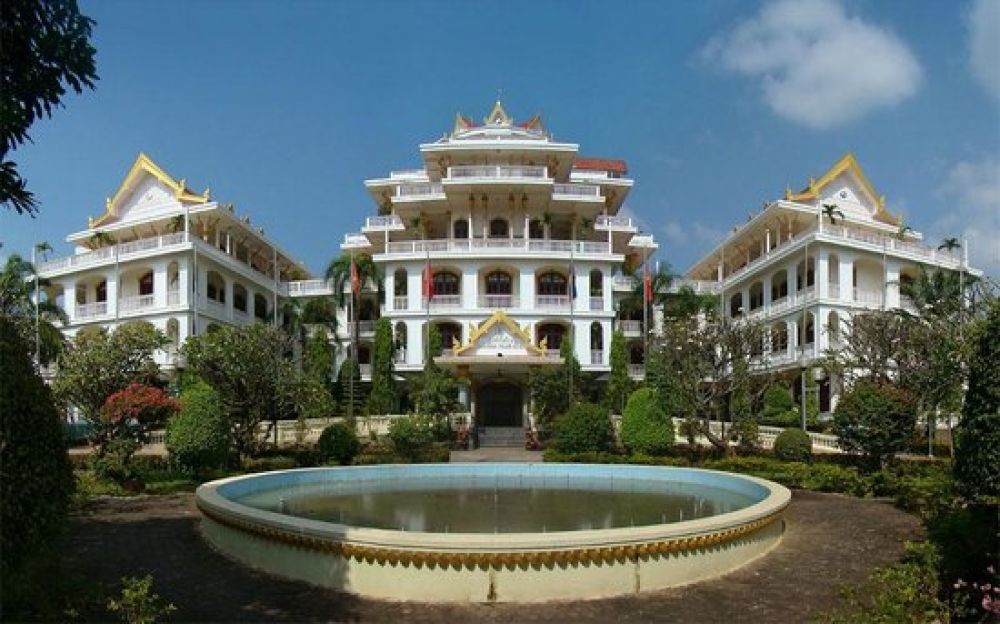

Pakse, the capital of Champasak Province in southern Laos, is a city steeped in history and culture. Founded in 1905 by the French, Pakse quickly became an important administrative and commercial center due to its strategic location at the confluence of the Mekong and Don Rivers. Tourism in Pakse started to develop more significantly after the late 20th century, as Laos opened up to international travelers and the region's natural and historical attractions became more accessible.
The Champasak Palace, originally intended to be the royal residence of Prince Boun Oum Na Champassak, stands out as an emblem of historical significance in Pakse. The construction of the palace started in the late 1960s but was halted due to the political upheaval of the time, leaving it unfinished until it was converted into a hotel in the 1990s. The unique architecture of the palace, inspired by European neo-classical styles juxtaposed with traditional Lao motifs, is a testament to the blend of cultures in Laos.
Today, the Champasak Palace is a prominent tourist attraction in Pakse, drawing visitors with its grandeur and its historical narrative. The palace's architecture, with its intricate designs and grand halls, tells the story of Laos' past royalty and their vision for the kingdom. The hotel offers visitors a chance to stay in a historical edifice while exploring the rich cultural tapestry of Laos.
The latest trends in tourism in Pakse and the surrounding areas include eco-tourism and cultural tourism, as travelers seek authentic and sustainable experiences. The region's abundant natural beauty, from waterfalls like Tad Fane and Tad Lo to the Bolaven Plateau, provides numerous opportunities for adventure and eco-tourism. The ancient Khmer temple complex of Wat Phou, a UNESCO World Heritage Site near Pakse, further enriches the cultural landscape of the area and attracts history enthusiasts from around the world.
Travelers visiting the Champasak Palace can explore various amenities offered by the hotel including traditional Lao cuisine, cultural performances, and the picturesque views of the Mekong River. Pakse has an international airport with connections to key cities in Asia, making the Champasak Palace accessible to a global audience. The best time to visit Pakse is between November and February, when the weather is cooler and dry.
The city of Pakse and the Champasak Palace together offer a rich combination of history, culture, and stunning natural beauty, making them an essential part of any travel itinerary in Laos. The development of tourism in this region, with a focus on sustainability and cultural integrity, ensures that visitors can enjoy the splendors of Laos while preserving its unique heritage for future generations.